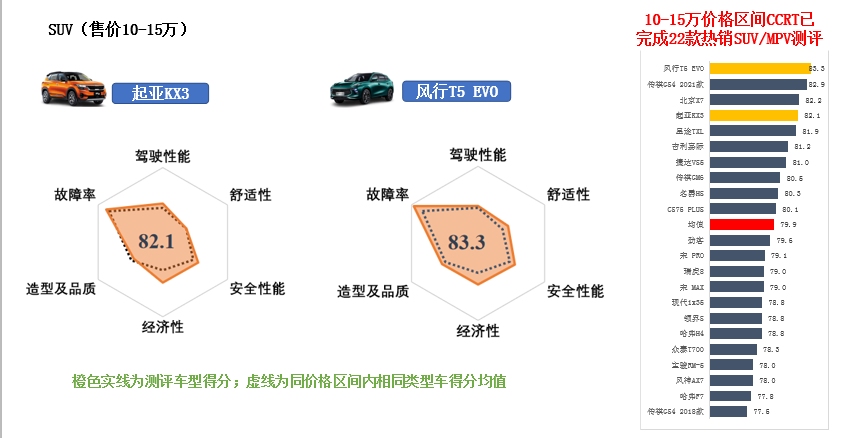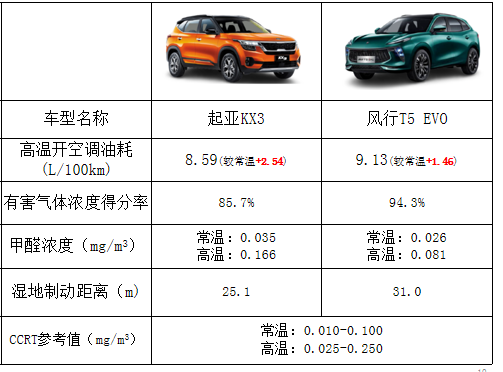
Recently, the news that the 31-year-old entrepreneur died in a car accident driving NiO ES8 has made car autonomous driving technology the focus of hot discussion. At the same time, the rapid development and application of automotive intelligent technology, traffic accidents, is also questioning the development of the industry.
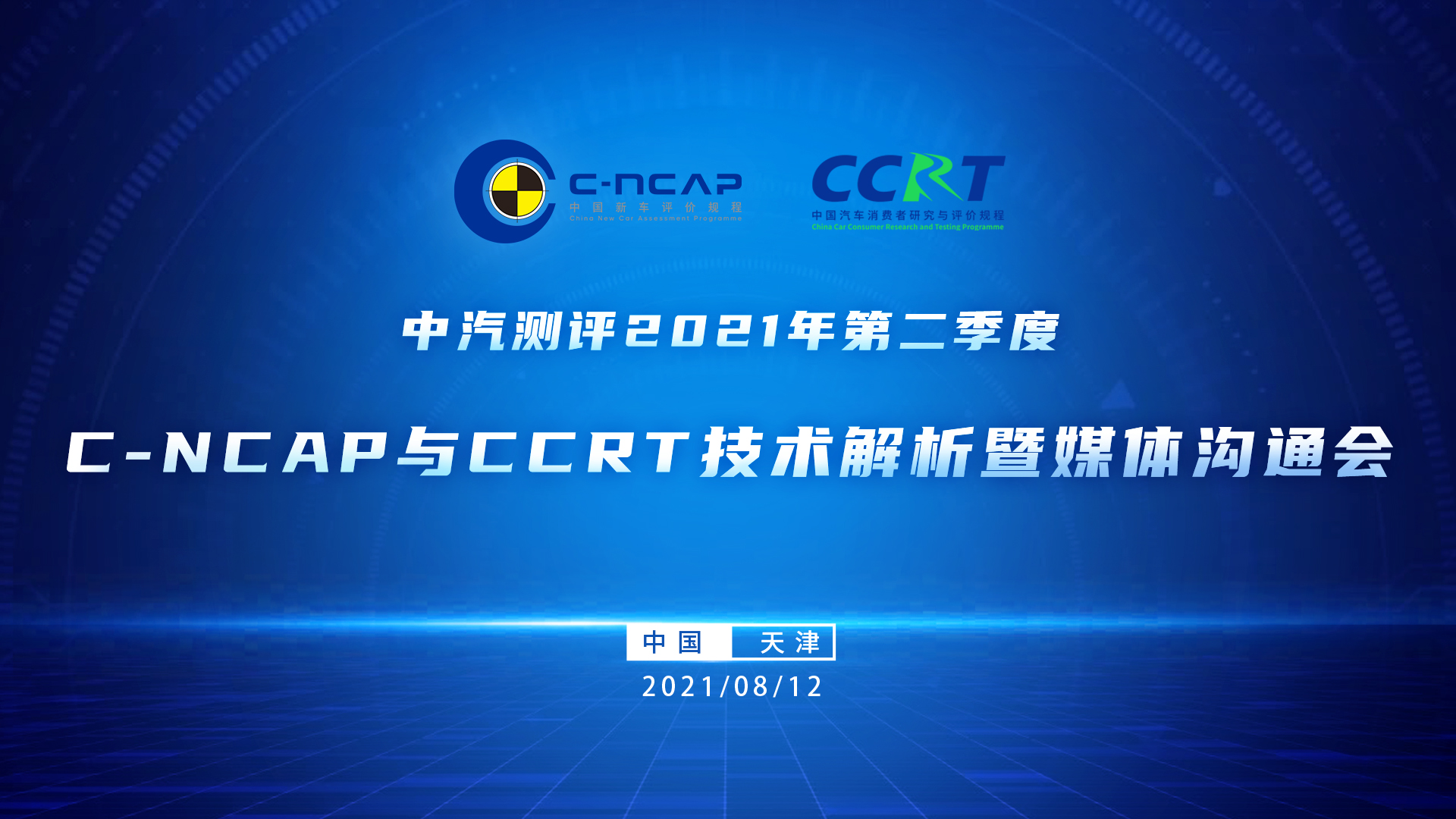
Recently, at the CCRT technical analysis meeting in the second quarter of 2021, Zhou Boya, Minister of the CCRT evaluation Technology Management Department, based on the models tested and released by CCRT, brought a fine and practical technical interpretation of car purchase to the public from many dimensions such as the CCRT evaluation system and technical characteristics.
For the concern about the safety of intelligent vehicles, Zhou Boya, minister of the evaluation technology management Department of China Automobile, said that the evaluation of intelligent vehicles should adhere to the principle of "safety first", and should be evaluated under the framework of ensuring the correct use and safety of drivers, in addition to intelligent driving performance, but also to ensure the correct use of drivers and risk protection strategies.
For the mainstream smart cars in the market at present, the Zhongqi Center extracted Tesla Model3, NIO EC6, BYD HanEV, Xiaopeng P7, and carried out CCRT evaluation, and interpreted the evaluation standards of smart cars with actual cases.
For the current smart car, the China Automobile Center in the specific evaluation work summarized the following four characteristics:
(1) The overall level of intelligence is good, and the intelligent functions of some models are presented in the form of optional packages
On the whole, the overall situation of intelligence is good, and some models have the option of driving assistance software option when ordering models, and the difference between the front and back levels is obvious. The intelligent driving performance of popular intelligent electric vehicles is generally excellent, but the score is insufficient in ensuring that the driver correctly understands and uses the function, and the driver has a certain risk of misuse and abuse, which needs attention.
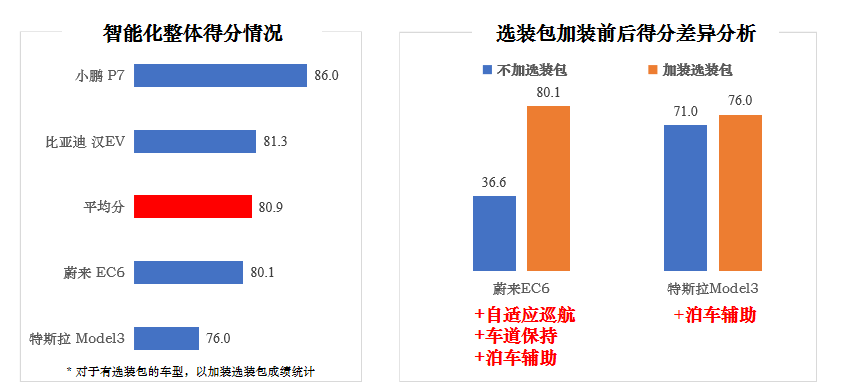
The driver interaction performance is not paid enough attention, and the intelligent driving performance is better than the driver interaction
Throughout the four intelligent electric vehicles participated in the evaluation, each model reflects different personality characteristics. The overall intelligent driving performance is excellent, and the driving and parking of L2 can be basically realized. However, the score is insufficient in ensuring that the driver correctly understands and uses the function, and the driver has a certain risk of misuse and abuse, which needs urgent attention.
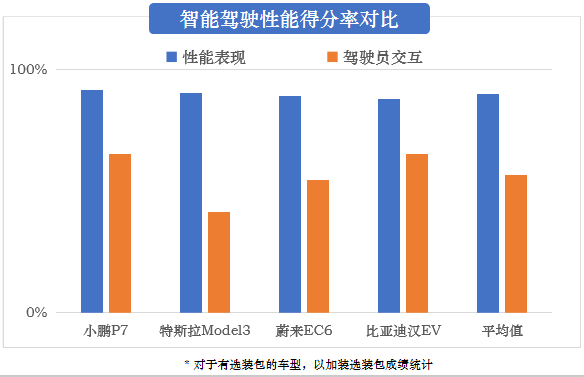
(3) The driving performance has reached L2 level, the parking performance is generally general, and the emergency hedging ability is not satisfactory
CCRT evaluates the performance of intelligent driving from three aspects: driving performance, parking performance and emergency avoidance performance.
In terms of driving performance, the mainstream vehicles in the industry can reach the L2 level and perform well overall, but in terms of car following ability, there are deficiencies in the recognition and response to some localized scenes such as stoppage and slow moving motorcycles in front.
In terms of parking performance, the overall level of the industry is average. Among them, the parking capacity of the parking space scene formed by stationary vehicles on both sides is better than that of the parking space scene with only lane lines on both sides.
In terms of emergency hedging performance, the overall level of the industry is poor. For the road construction scene (cone bucket) scene, generally do not recognize or respond in time; In the case of traffic accident (transverse vehicle failure), the recognition response is different, and some models have poor recognition ability of non-vehicle tail contour. There is a general response to the occluded driving crossing (ghost probe) scene, but the brake intervention is too late or not.
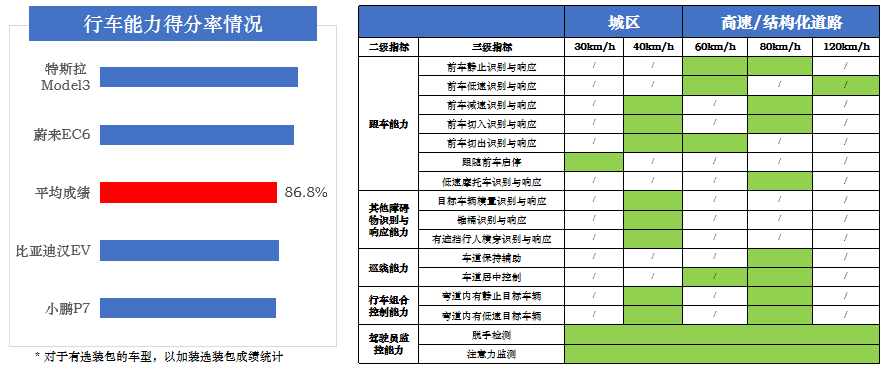
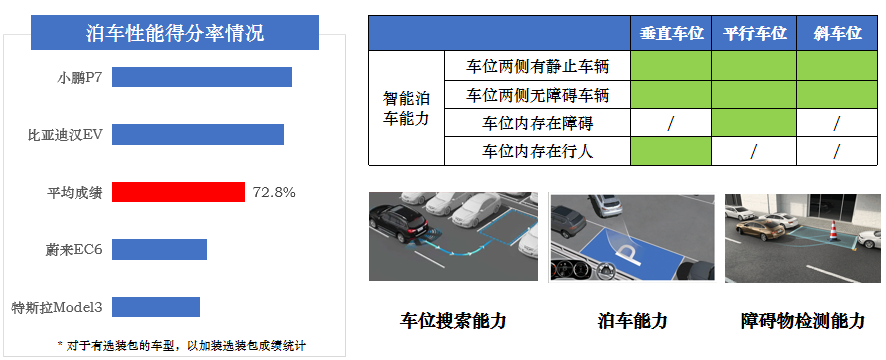
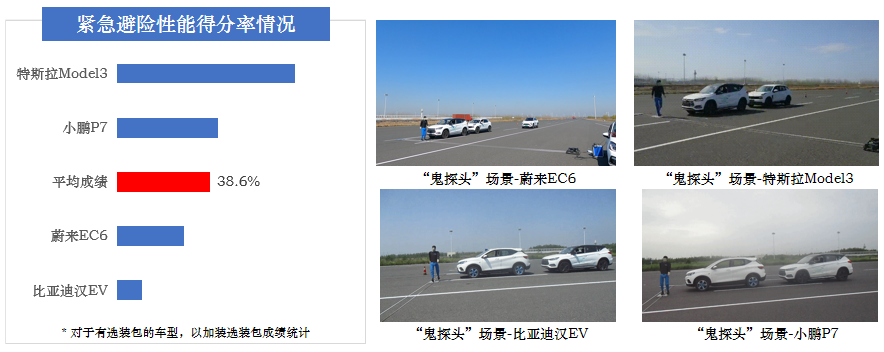
(4) Ensuring that drivers correctly understand and use intelligent functions needs urgent attention
Driver interaction ability is manifested as system prompt, off-hand monitoring and attention monitoring. In general, the vehicle can effectively prompt the driver to correctly understand the operating boundaries of intelligent driving (instructions, in-vehicle instrument prompts), but the performance is not good in off-hand detection and attention monitoring.
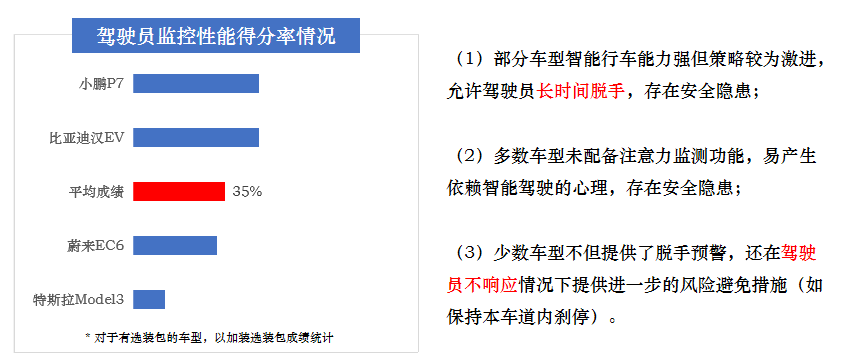
For the rapid popularization of intelligent vehicles, CCAC will launch the revision of the 2021 version of the CCRT (Intelligent electric vehicle) regulations, which is planned to be implemented on October 1 to achieve the deep collaboration between CCRT (fuel vehicle) and CCRT (intelligent electric vehicle).
In addition, the 2021 C-NCAP upgrade electric vehicle evaluation project is only part of the update iteration of many new regulations. In the face of the new trend of intelligent networking, the 2021 version of C-NCAP will focus on intelligent driving assistance functions based on sensor technologies such as millimeter wave radar and camera, and enriches a number of contents in the active safety part of the vehicle, including vehicle departure warning system LDW, lane keeping assistance system LKA, blind spot detection system BSD (vehicle-to-vehicle, vehicle-to-two-wheeler). Automobile safety assistance system SAS (Speed limit identification), etc.
In this test model, there are two electric vehicles: BYD Han EV and Xiaopeng P7. Judging from the evaluation results, the two models performed well in general, and the post-crash electrical safety test also met the requirements of C-NCAP for electrical safety. Among them, BYD Han EV crash test results, Xiaopeng P7 AEB automatic brake test results, in the same version of all the tested models, ranked in the top 20%.
In the 2021 version of C-NCAP, which will be implemented in January 2022, the test of electric vehicles will replace the current side collision with a side pillar collision, and the evaluation rules will be more stringent. The impact of side column on the body is obviously stronger, which poses a great challenge to the safety performance of electric vehicle battery. In the future, the C-NCAP procedure study will also start the research of special conditions testing such as vehicle underpinning, in order to promote the progress of battery safety technology and escort the safe travel needs of consumers.
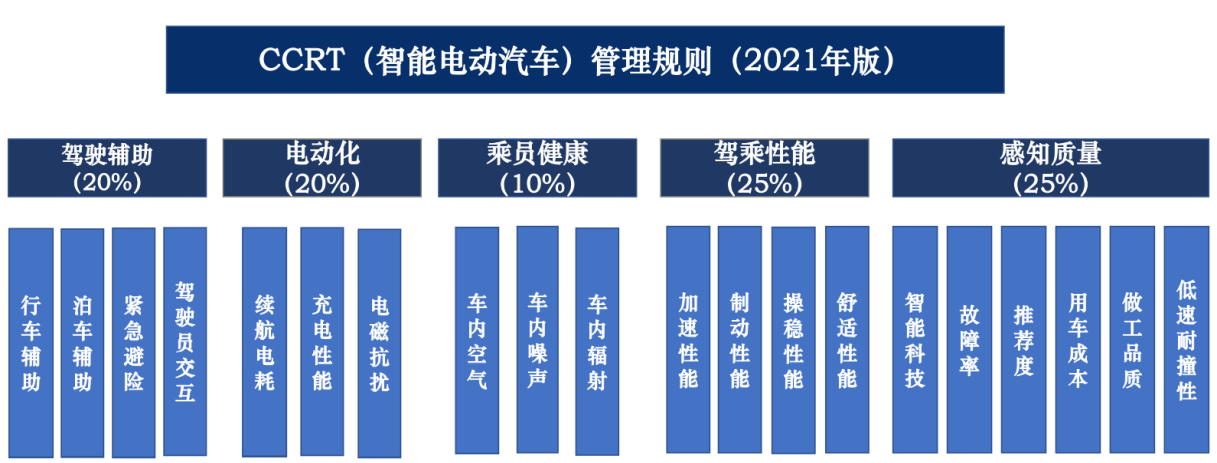
In addition to new energy vehicles and smart cars, the CNAC also announced the evaluation results of Volkswagen Polo Plus, Honda Fit, Geely Xingrui, and Hyundai Sonata fuel vehicles at the meeting.
Through the in-depth analysis of vehicle performance, and the active safety, pedestrian protection and occupant protection and comprehensive scoring rate are included in the average scores of multiple models under the same version of the regulation, the safety performance of these four models are different. Specifically, in the small car group, the German Volkswagen Polo Plus has a certain advantage in collision performance; The Japanese Honda Fit performed better in AEB and whiplash tests.
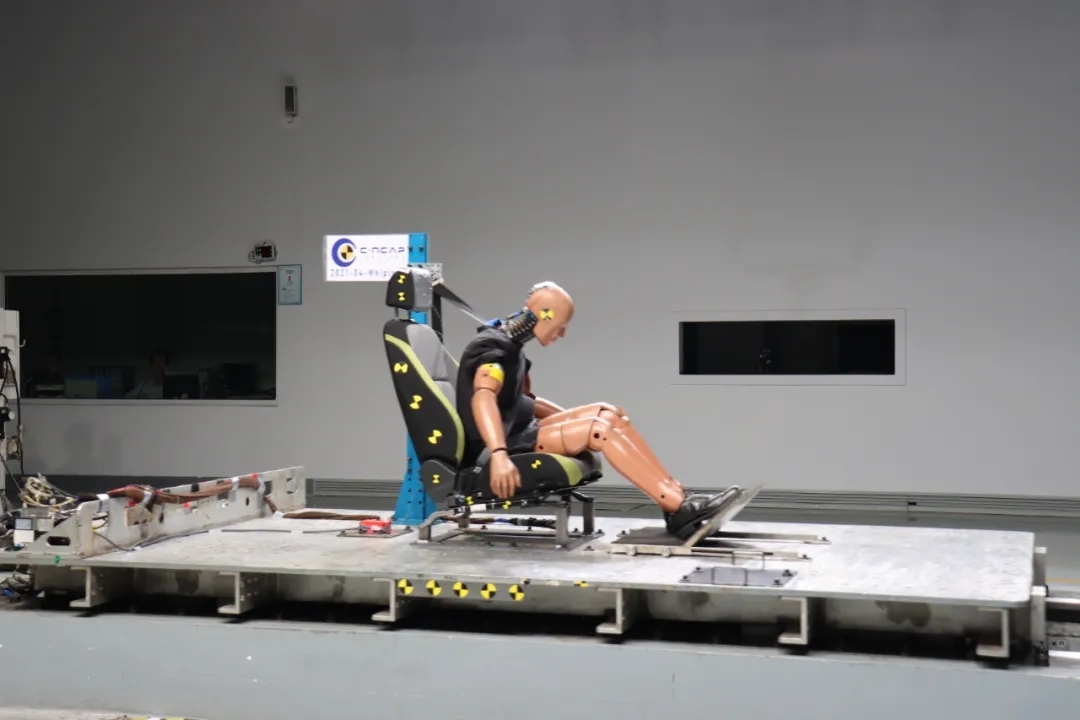
Independent brands performed well in this round of testing. Taking the Geely Xingrui and the Korean Hyundai Sonata, both medium and large sedans, as an example, Geely Xingrui occupies certain advantages in various major tests, including crash test, whiplash test, pedestrian protection and AEB test, and its AEB test score ranks first among 80 models that have completed the 2018 version of C-NCAP test.
In addition, the hot, humid weather brings many problems to people's travel cars: open the air conditioning refrigeration, fuel consumption increases greatly; Outdoor exposure, the concentration of harmful gases in the car increased sharply; Rainy road is slippery, vehicle braking distance increases, further testing driving safety... In the face of these seasonal car selection problems, this CCRT fuel model analysis meeting also provides practical and useful reference information for consumers.
This analysis will involve a total of four fuel vehicles, Volkswagen Polo Plus, Honda Fit, Kia KX3, Liuqi Winfan T5 EVO. Through in-depth analysis of vehicle evaluation results and comparison of the same model, we can find that each model has its own characteristics. Specifically, for cars priced in the range of 100,000 to 150,000, the German Volkswagen Polo Plus performs well in terms of obstacle avoidance handling performance and ride comfort, and has lower basic fuel consumption at room temperature; Japanese Honda Fit has better performance of acceleration and wetland braking distance, interior air quality, and lower fuel consumption at room temperature and high temperature air conditioning.
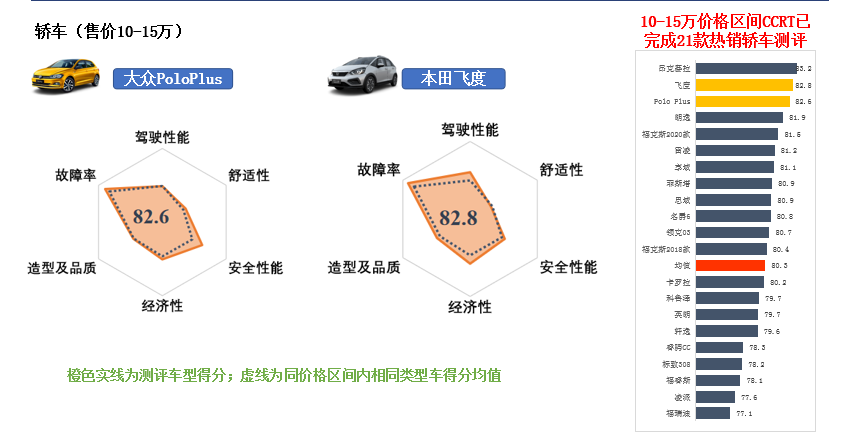
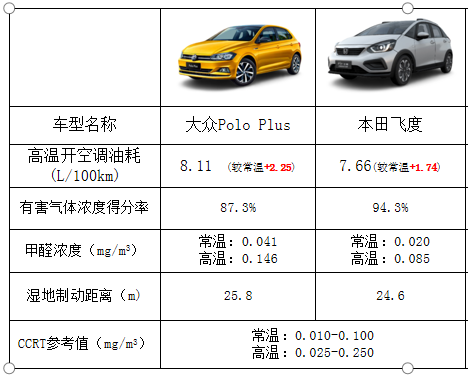
While the same price range of 100,000 to 150,000 SUV, Kia KX3 in wetland braking, obstacle avoidance control, smoothness and other aspects of the performance is better, the basic fuel consumption at normal temperature state is low, but the air quality indicators in the car need to be improved. The acceleration performance and in-car air quality indicators of the Liuqi Winfan T5 EVO are excellent, and the air conditioning fuel consumption is low, but the braking performance still needs to be improved.
